A 42 slide editable PowerPoint template containing editing passages with answers.
This PowerPoint presentation includes a set of 20 editing passages, aligned to the Australian Curriculum for Year 3.
Project each passage on the board for the students to read and edit. An answer slide for each passage is also provided.
These editing passages may be particularly useful when preparing for the NAPLAN Conventions of Language test.
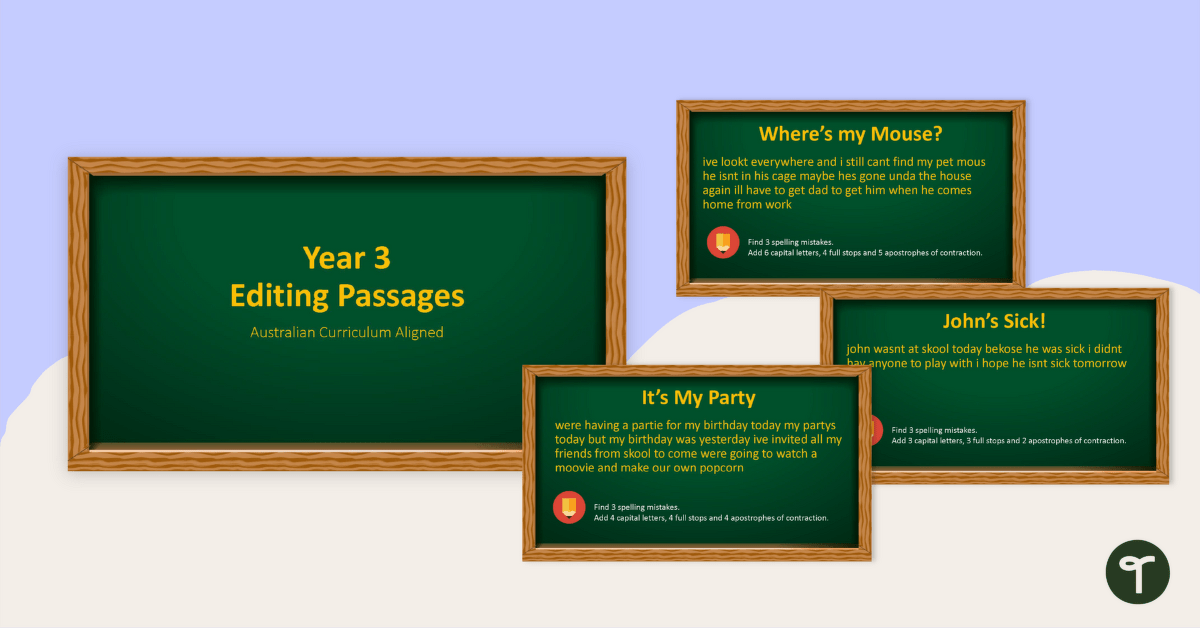

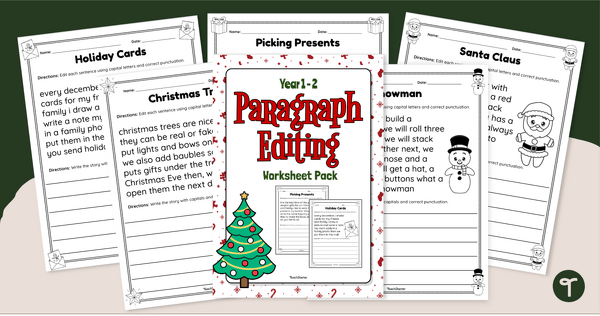
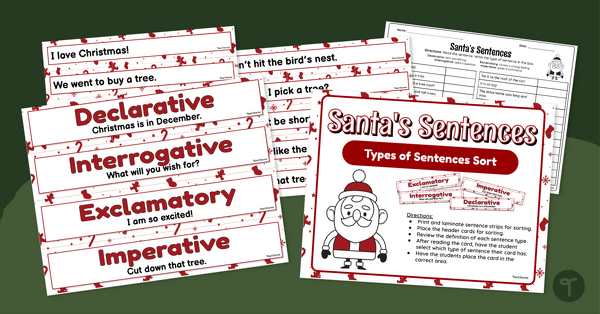
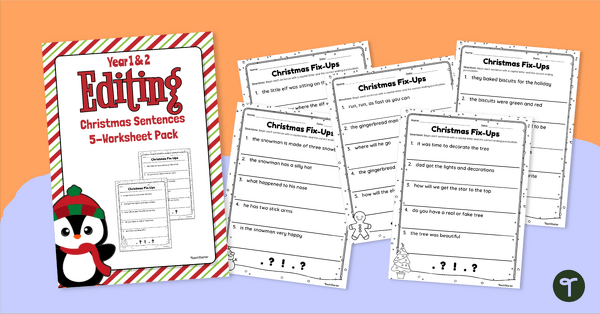
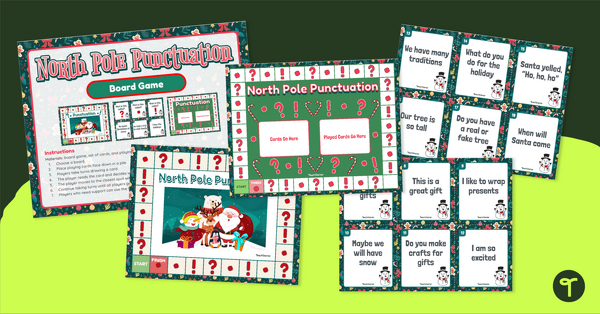
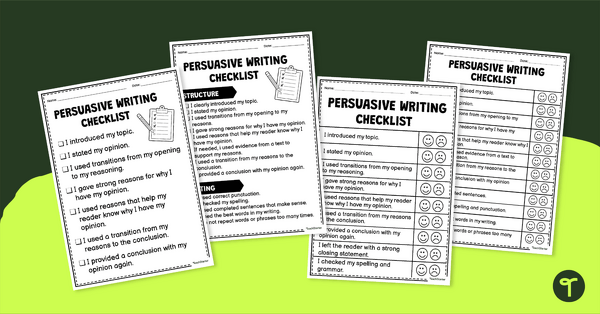
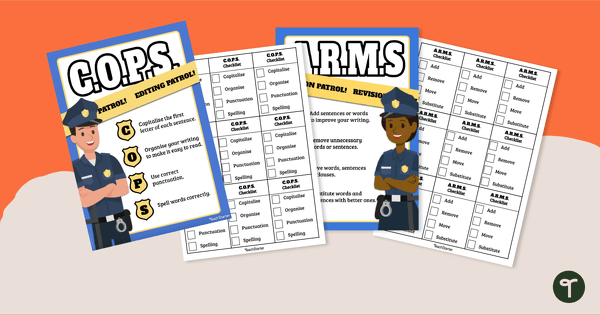
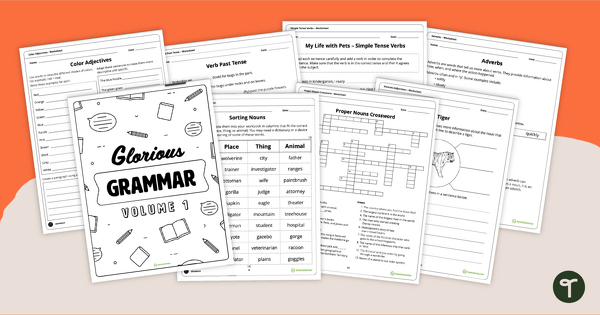
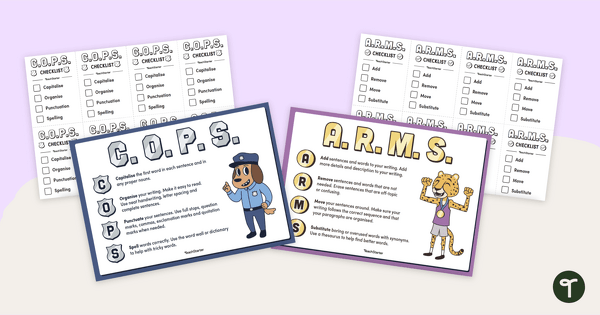
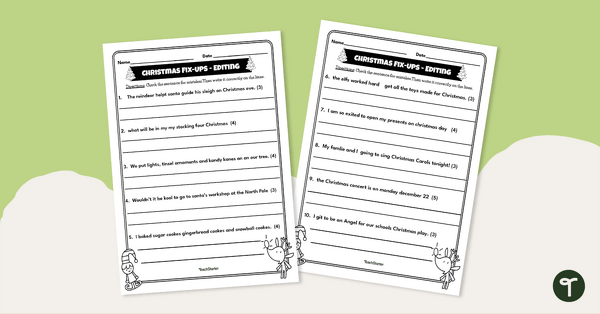
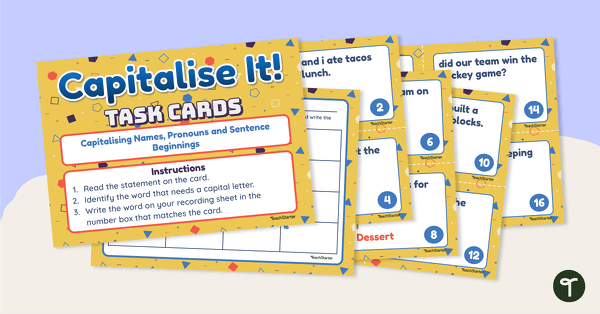
2 Comments
Write a review to help other teachers and parents like yourself. If you'd like to request a change to this resource, or report an error, select the corresponding tab above.
No comments yet.